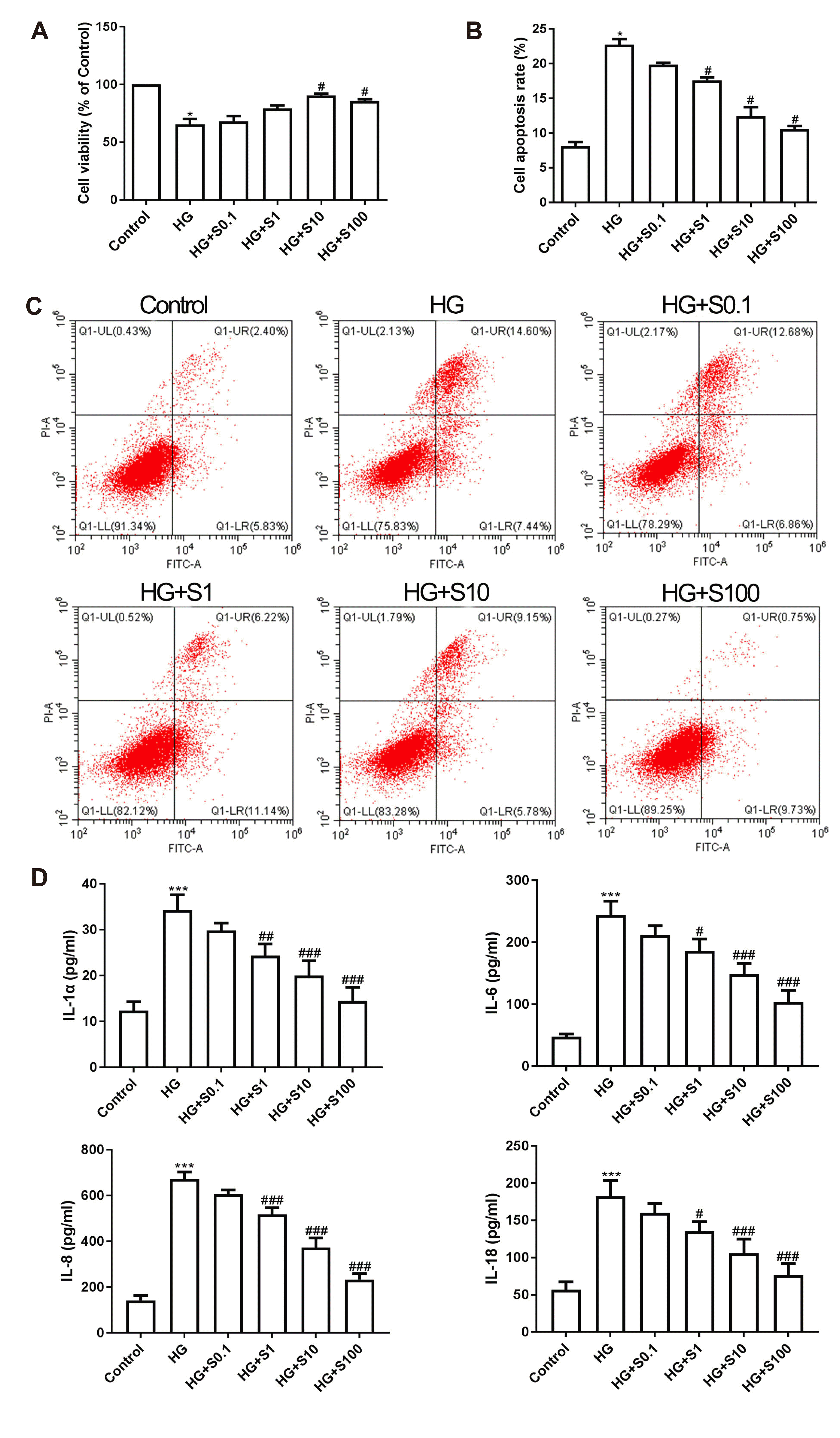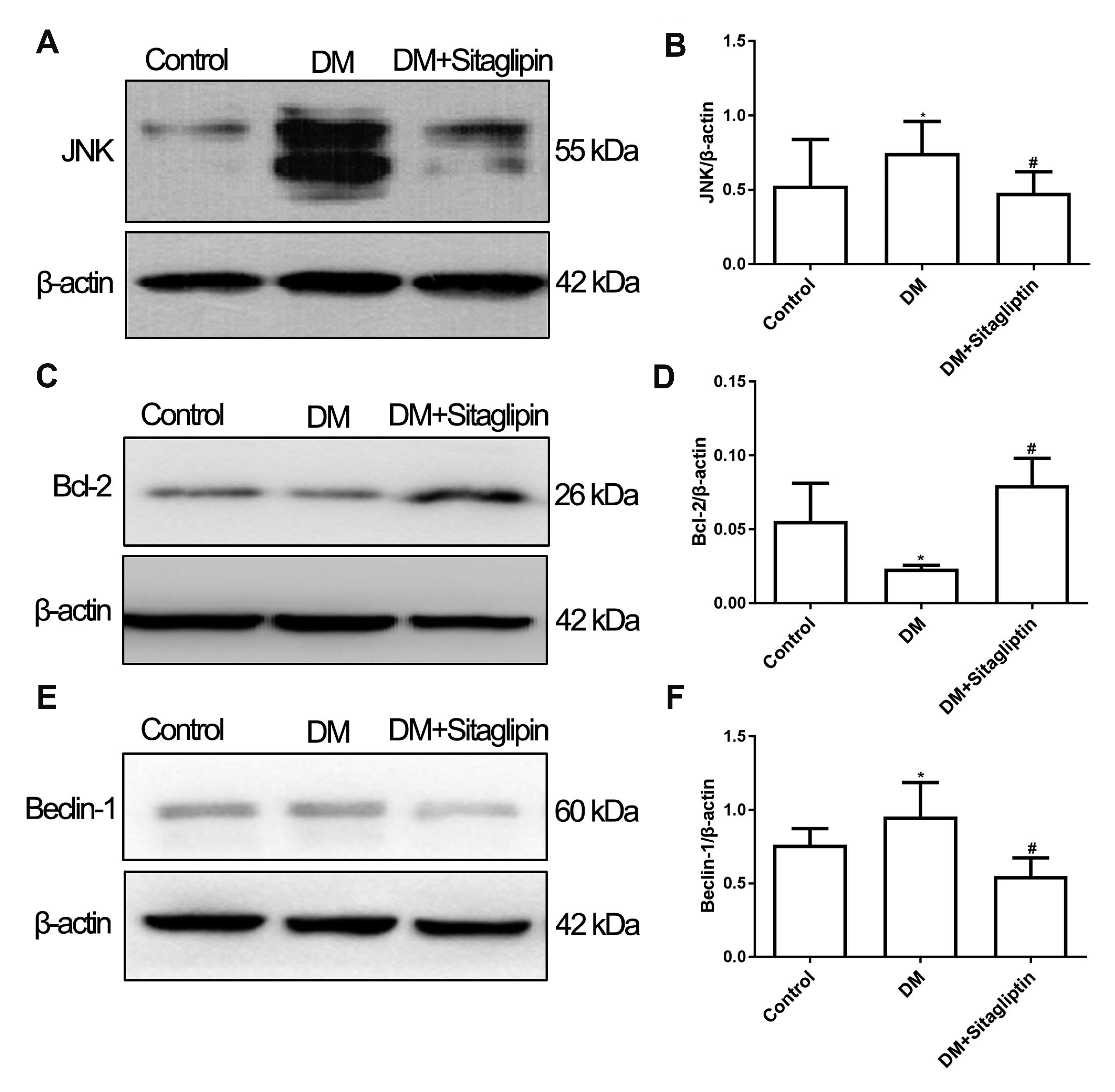1. An Y, Zhang P, Wang J, Gong Q, Gregg EW, Yang W, Li H, Zhang B, Shuai Y, Chen Y, Engelgau MM, Cheng Y, Hu Y, Bennett PH, Li G. 2015; Cardiovascular and all-cause mortality over a 23-year period among Chinese with newly diagnosed diabetes in the Da Qing IGT and diabetes study. Diabetes Care. 38:1365–1371. DOI:
10.2337/dc14-2498. PMID:
25887356. PMCID:
PMC4477333.

2. Mora PF, Johnson EL. 2017; Cardiovascular outcome trials of the incretin-based therapies: what do we know so far? Endocr Pract. 23:89–99. DOI:
10.4158/EP161481.RA. PMID:
27819769.

3. Rizzo M, Rizvi AA, Spinas GA, Rini GB, Berneis K. 2009; Glucose lowering and anti-atherogenic effects of incretin-based therapies: GLP-1 analogues and DPP-4-inhibitors. Expert Opin Investig Drugs. 18:1495–1503. DOI:
10.1517/14728220903241633. PMID:
19758106.

4. Vilsbøll T, Garber AJ. 2012; Non-glycaemic effects mediated via GLP-1 receptor agonists and the potential for exploiting these for therapeutic benefit: focus on liraglutide. Diabetes Obes Metab. 14 Suppl 2:41–49. DOI:
10.1111/j.1463-1326.2012.01579.x. PMID:
22405268.

5. Ahrén B, Schmitz O. 2004; GLP-1 receptor agonists and DPP-4 inhibitors in the treatment of type 2 diabetes. Horm Metab Res. 36:867–876. DOI:
10.1055/s-2004-826178. PMID:
15655721.

6. Wu C, Hu S, Wang N, Tian J. 2017; Dipeptidyl peptidase-4 inhibitor sitagliptin prevents high glucose-induced apoptosis via activation of AMP-activated protein kinase in endothelial cells. Mol Med Rep. 15:4346–4351. DOI:
10.3892/mmr.2017.6501. PMID:
28440488.

7. Tang ST, Su H, Zhang Q, Tang HQ, Wang CJ, Zhou Q, Wei W, Zhu HQ, Wang Y. 2016; Sitagliptin inhibits endothelin-1 expression in the aortic endothelium of rats with streptozotocin-induced diabetes by suppressing the nuclear factor-κB/IκBα system through the activation of AMP-activated protein kinase. Int J Mol Med. 37:1558–1566. DOI:
10.3892/ijmm.2016.2578. PMID:
27122056. PMCID:
PMC4866950.

8. Wang H, Zhou Y, Guo Z, Dong Y, Xu J, Huang H, Liu H, Wang W. 2018; Sitagliptin attenuates endothelial dysfunction of Zucker diabetic fatty rats: implication of the antiperoxynitrite and autophagy. J Cardiovasc Pharmacol Ther. 23:66–78. DOI:
10.1177/1074248417715001. PMID:
28618859.

9. Dai X, Zeng J, Yan X, Lin Q, Wang K, Chen J, Shen F, Gu X, Wang Y, Chen J, Pan K, Cai L, Wintergerst KA, Tan Y. 2018; Sitagliptin-mediated preservation of endothelial progenitor cell function via augmenting autophagy enhances ischaemic angiogenesis in diabetes. J Cell Mol Med. 22:89–100. DOI:
10.1111/jcmm.13296. PMID:
28799229. PMCID:
PMC5742710.

11. Silva Júnior WS, Godoy-Matos AF, Kraemer-Aguiar LG. 2015; Dipeptidyl peptidase 4: a new link between diabetes mellitus and atherosclerosis? Biomed Res Int. 2015:816164. DOI:
10.1155/2015/816164. PMID:
26146634. PMCID:
PMC4471315.

12. Price JD, Linder G, Li WP, Zimmermann B, Rother KI, Malek R, Alattar M, Tarbell KV. 2013; Effects of short-term sitagliptin treatment on immune parameters in healthy individuals, a randomized placebo-controlled study. Clin Exp Immunol. 174:120–128. DOI:
10.1111/cei.12144. PMID:
23711188. PMCID:
PMC3784219.

13. Zilleßen P, Celner J, Kretschmann A, Pfeifer A, Racké K, Mayer P. 2016; Metabolic role of dipeptidyl peptidase 4 (DPP4) in primary human (pre)adipocytes. Sci Rep. 6:23074. DOI:
10.1038/srep23074. PMID:
26983599. PMCID:
PMC4794806.

14. Graham ML, Janecek JL, Kittredge JA, Hering BJ, Schuurman HJ. 2011; The streptozotocin-induced diabetic nude mouse model: differences between animals from different sources. Comp Med. 61:356–360. PMID:
22330251. PMCID:
PMC3155402.
15. Baudin B, Bruneel A, Bosselut N, Vaubourdolle M. 2007; A protocol for isolation and culture of human umbilical vein endothelial cells. Nat Protoc. 2:481–485. DOI:
10.1038/nprot.2007.54. PMID:
17406610.

16. Goncharov NV, Nadeev AD, Jenkins RO, Avdonin PV. 2017; Markers and biomarkers of endothelium: when something is rotten in the state. Oxid Med Cell Longev. 2017:9759735. DOI:
10.1155/2017/9759735. PMID:
29333215. PMCID:
PMC5733214.

17. Mizushima N, Yoshimori T. 2007; How to interpret LC3 immunoblotting. Autophagy. 3:542–545. DOI:
10.4161/auto.4600. PMID:
17611390.

18. Kang R, Zeh HJ, Lotze MT, Tang D. 2011; The Beclin 1 network regulates autophagy and apoptosis. Cell Death Differ. 18:571–580. DOI:
10.1038/cdd.2010.191. PMID:
21311563. PMCID:
PMC3131912.

19. Wang XM, Yang YJ, Wu YJ, Zhang Q, Qian HY. 2015; Attenuating hypoxia-induced apoptosis and autophagy of mesenchymal stem cells: the potential of sitagliptin in stem cell-based therapy. Cell Physiol Biochem. 37:1914–1926. DOI:
10.1159/000438552. PMID:
26584290.

20. Liu L, Liu J, Tian XY, Wong WT, Lau CW, Xu A, Xu G, Ng CF, Yao X, Gao Y, Huang Y. 2014; Uncoupling protein-2 mediates DPP-4 inhibitor-induced restoration of endothelial function in hypertension through reducing oxidative stress. Antioxid Redox Signal. 21:1571–1581. DOI:
10.1089/ars.2013.5519. PMID:
24328731. PMCID:
PMC4174421.

21. Zeng Y, Li C, Guan M, Zheng Z, Li J, Xu W, Wang L, He F, Xue Y. 2014; The DPP-4 inhibitor sitagliptin attenuates the progress of atherosclerosis in apolipoprotein-E-knockout mice via AMPK- and MAPK-dependent mechanisms. Cardiovasc Diabetol. 13:32. DOI:
10.1186/1475-2840-13-32. PMID:
24490809. PMCID:
PMC3916068.

23. Cai X, She M, Xu M, Chen H, Li J, Chen X, Zheng D, Liu J, Chen S, Zhu J, Xu X, Li R, Li J, Chen S, Yang X, Li H. 2018; GLP-1 treatment protects endothelial cells from oxidative stress-induced autophagy and endothelial dysfunction. Int J Biol Sci. 14:1696–1708. DOI:
10.7150/ijbs.27774. PMID:
30416384. PMCID:
PMC6216037.

24. Niu C, Chen Z, Kim KT, Sun J, Xue M, Chen G, Li S, Shen Y, Zhu Z, Wang X, Liang J, Jiang C, Cong W, Jin L, Li X. 2019; Metformin alleviates hyperglycemia-induced endothelial impairment by downregulating autophagy via the Hedgehog pathway. Autophagy. 15:843–870. DOI:
10.1080/15548627.2019.1569913. PMID:
30653446. PMCID:
PMC6526809.

25. Chen F, Chen B, Xiao FQ, Wu YT, Wang RH, Sun ZW, Fu GS, Mou Y, Tao W, Hu XS, Hu SJ. 2014; Autophagy protects against senescence and apoptosis via the RAS-mitochondria in high-glucose-induced endothelial cells. Cell Physiol Biochem. 33:1058–1074. DOI:
10.1159/000358676. PMID:
24732710.

26. Chao CL, Chuang CP, Cheng YF, Lee KR, Chang Y, Cheng SP, Chan WK, Ho FM. 2016; The protective role of autophagy in matrix metalloproteinase-mediated cell transmigration and cell death in high-glucose-treated endothelial cells. Inflammation. 39:830–838. DOI:
10.1007/s10753-016-0313-7. PMID:
26846884.

27. Zhang J, Deng H, Liu L, Liu X, Zuo X, Xu Q, Wu Z, Peng X, Ji A. 2015; α-Lipoic acid protects against hypoxia/reoxygenation-induced injury in human umbilical vein endothelial cells through suppression of apoptosis and autophagy. Mol Med Rep. 12:180–186. DOI:
10.3892/mmr.2015.3351. PMID:
25684163. PMCID:
PMC4438966.

28. Xu Q, Li X, Lu Y, Shen L, Zhang J, Cao S, Huang X, Bin J, Liao Y. 2015; Pharmacological modulation of autophagy to protect cardiomyocytes according to the time windows of ischaemia/reperfusion. Br J Pharmacol. 172:3072–3085. DOI:
10.1111/bph.13111. PMID:
25660104. PMCID:
PMC4459024.

29. Mellor KM, Bell JR, Young MJ, Ritchie RH, Delbridge LM. 2011; Myocardial autophagy activation and suppressed survival signaling is associated with insulin resistance in fructose-fed mice. J Mol Cell Cardiol. 50:1035–1043. DOI:
10.1016/j.yjmcc.2011.03.002. PMID:
21385586.

30. Wu X, He L, Chen F, He X, Cai Y, Zhang G, Yi Q, He M, Luo J. 2014; Impaired autophagy contributes to adverse cardiac remodeling in acute myocardial infarction. PLoS One. 9:e112891. DOI:
10.1371/journal.pone.0112891. PMID:
25409294. PMCID:
PMC4237367.

31. Eisenberg-Lerner A, Bialik S, Simon HU, Kimchi A. 2009; Life and death partners: apoptosis, autophagy and the cross-talk between them. Cell Death Differ. 16:966–975. DOI:
10.1038/cdd.2009.33. PMID:
19325568.

32. Luo S, Rubinsztein DC. 2013; BCL2L11/BIM: a novel molecular link between autophagy and apoptosis. Autophagy. 9:104–105. DOI:
10.4161/auto.22399. PMID:
23064249. PMCID:
PMC3542209.










 PDF
PDF Citation
Citation Print
Print


 XML Download
XML Download